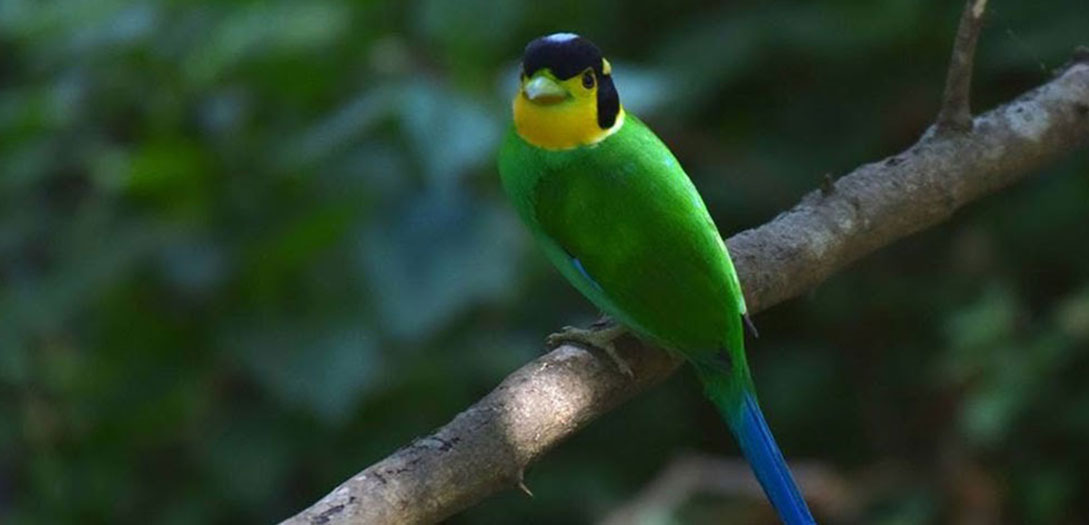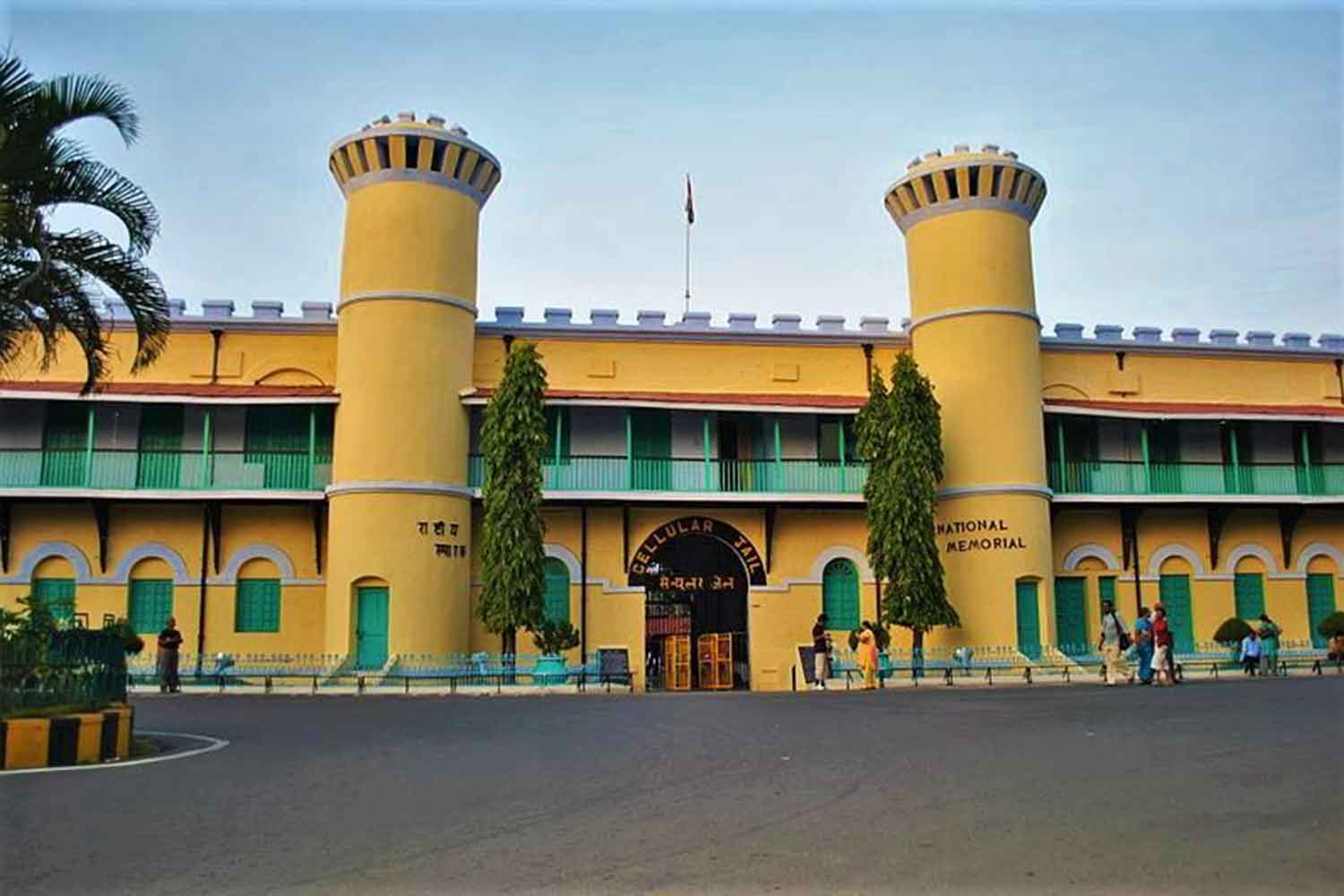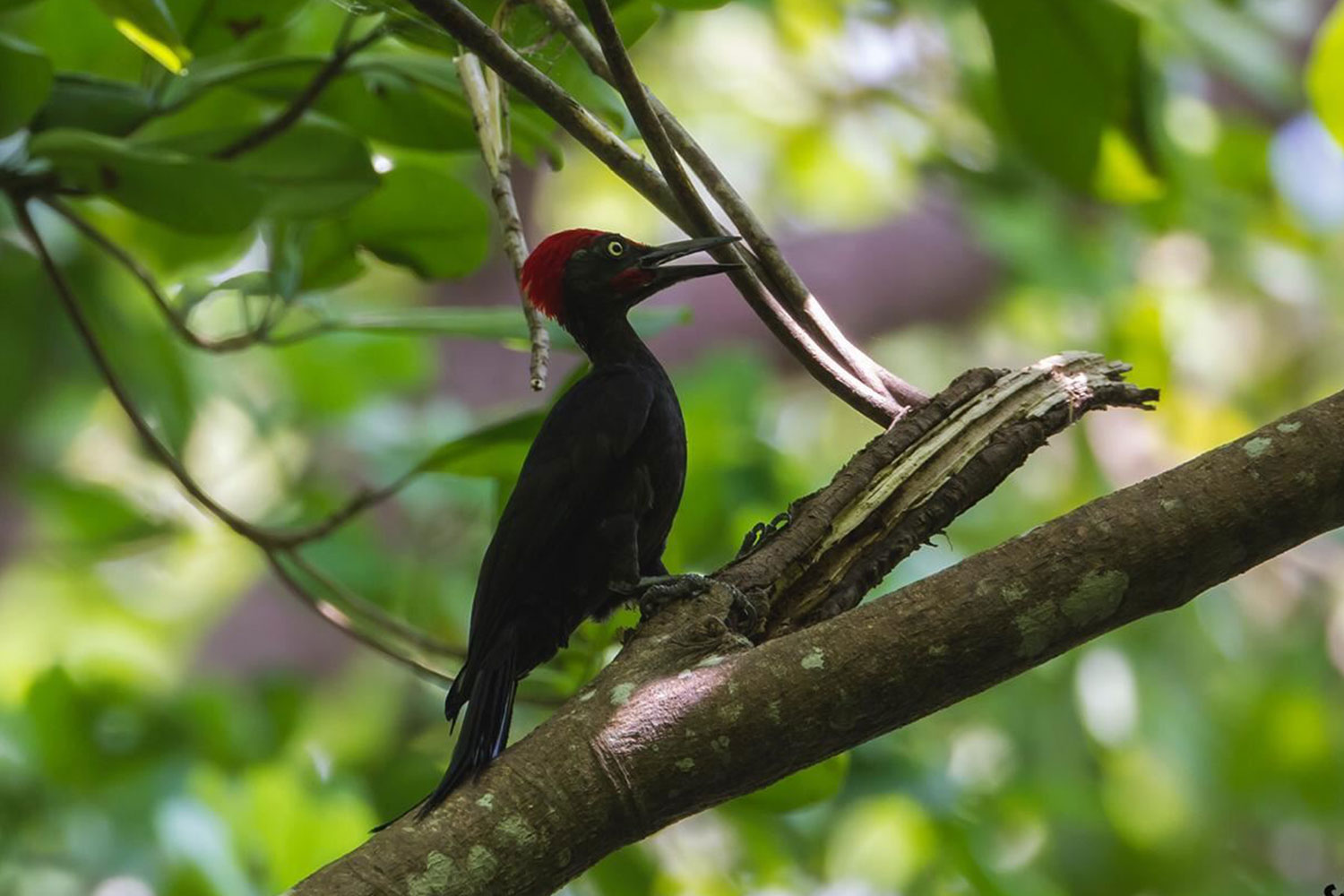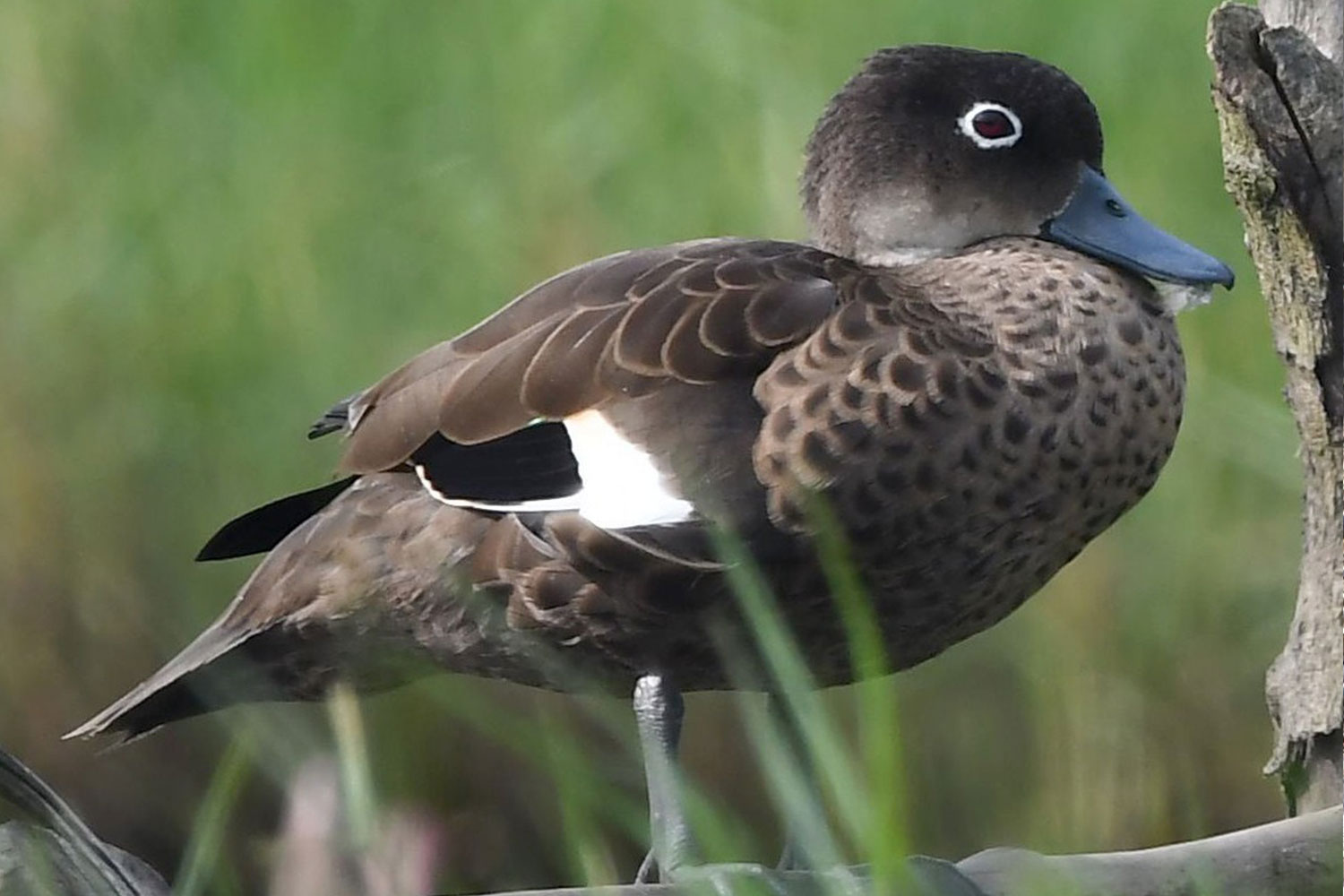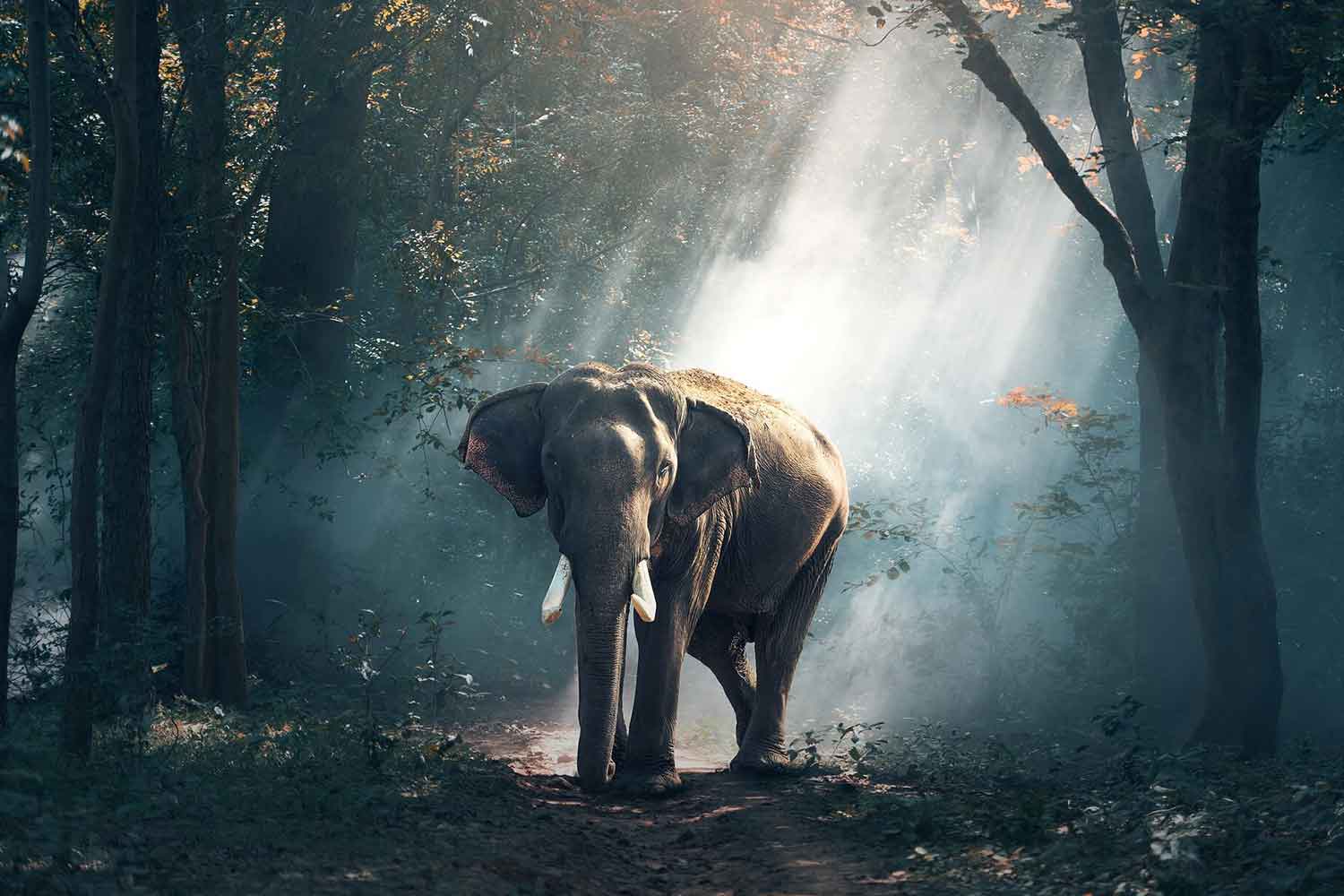Corbett National Park, Pangot and Sattal
January 17, 2018
It was my first trip to India, in fact, my first solo trip in life. And I was taking it at the age of 60! My wife and children were not too excited about me going alone, but I was adamant. I wanted some ME TIME after retirement, away from my people, away from my land. And I had heard that India brings alive the lost you.
So early Jan 2018, I set my feet at the Indira Gandhi International Airport in New Delhi, the national capital of India. At the airport itself, I was given such a warm welcome, that I knew what was coming in….and I was pretty excited for it to unfold. And also because my entire gang of trip members was above the age of 55! I was thrilled. And my family was relieved to some extent! Ha, ha.
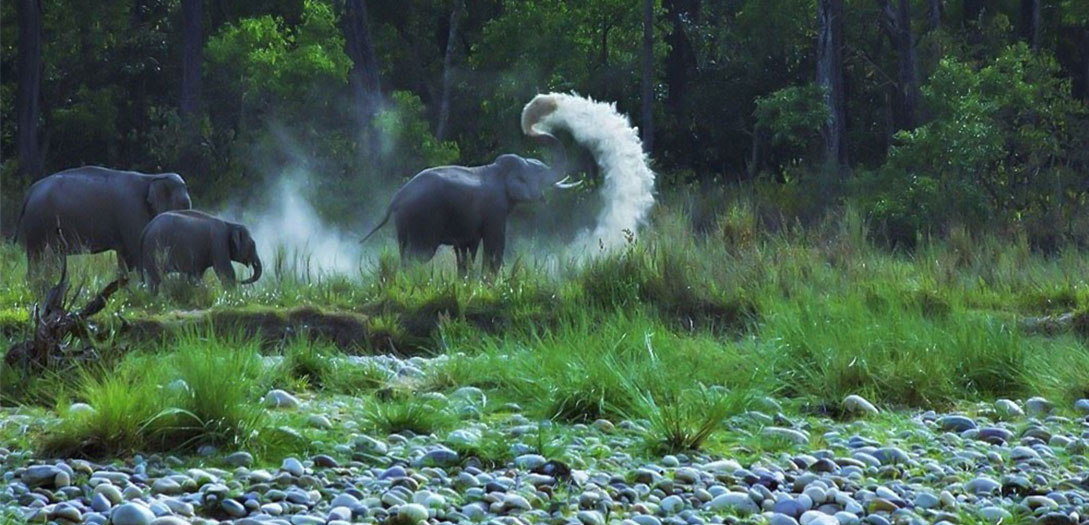
The journey to Jim Corbett National Park is about a six-to-seven-hour road-trip. But as an oldie, I never felt any fatigue since we took a lot of fun stops en-route. The guide would find a stakeout for spotting different kinds of birds specific to that region and we would halt the cars. The journey from plains to hills, the changing terrain, was fun. We arrived at the National Park around 2 pm and were welcomed by the Tiger Camp-Resort. Before I proceed with my story, just check out the photos of this awesome nest in thick jungles!
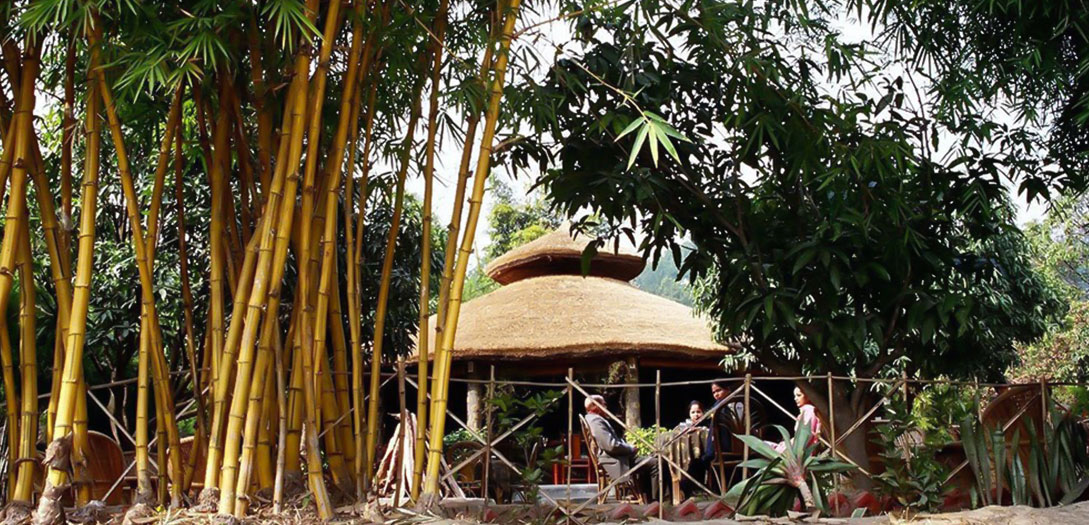
A sumptuous spread of the choicest Kumaoni Cuisines – done to our taste – was waiting for us. Post lunch it was time for a siesta.
Corbett is best traversed via a Jeep Safari early morning and evening. But since day one had already been pretty hectic, our guide had planned a light-fun trip for us. Corbett is home to some 600 species of birds, especially in this migratory season of Indian Winters. Thus, our guide Shyam took us for birding near our cottage. And I must tell you, I was super delighted to spot Maroon Oriole, White-tailed nuthatches, Chestnut-bellied Nuthatches, and Golden-fronted Orange-bellied Leafbird right in close proximity to our resort. What a location it was! The dinner that night was served by the bonfire where most of us danced to Kumaoni Music! And I was the most hyper-excited one of the lot – I guess the child in me was alive again.
The best zone for spotting Tiger and other mammals is Dhikala. But it remains pretty crowded. So our guide told us about other popular zones as well – namely the Bijrani Safari Zone – a natural beauty with open grasslands; Jhirna Safari Zone: Jhirna is another important tourist zone in the Jim Corbett National park that is open for tourist round the year; Dhela Safari Zone – a recently-opened eco-tourism zone in Corbett National Park; Durga Devi Zone – heaven on planet Earth for avid-birder and the Sitabani Buffer Zone. We were taken to Dhikala on our first Safari since the news of a Tiger having been spotted, had spread like wildfire. And the majestic beast didn’t disappoint us, as he took a siesta after having an early morning meal of a Cheetal Deer. Oh, dear! For a second I didn’t know whether to pity the poor deer or enjoy the sight of this majestic mammal who looked so calm and at peace. We took some great camera clicks.
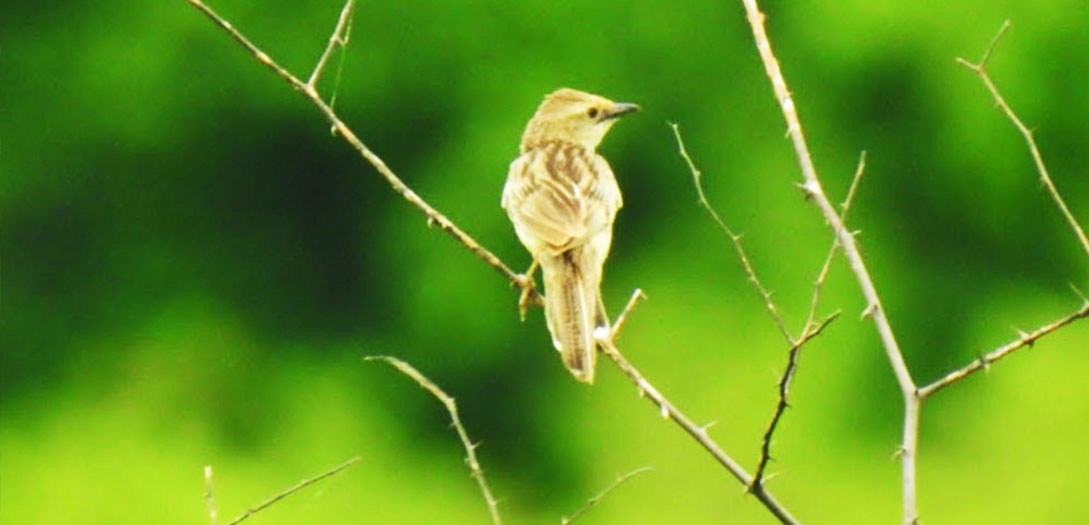
The same evening we were guided to the Kosi River, where we enjoyed sights of a Bristled Grassbird feeding her chicks, Black Francolin perching on a branch, Purple Crimson Sunbird playing hide-and-seek in the thickets. I was the only lucky one who saw the majestic Mountain Hawk-Eagle soar into the sky from a treetop. We also saw Barking Deer, Jackals, etc from a distance. And then we also spotted Hen Harrier, Slaty-Headed Parakeets, Russet Sparrow, and Bar-tailed Tree-creeper on our way back to our resort. But, if you think you are done by the time the Sunsets, no you aren’t. The guide will take you to spot the night-birds – the Long-tailed Nightjar, Jungle Owlet, Spot-bellied Owl, etc.
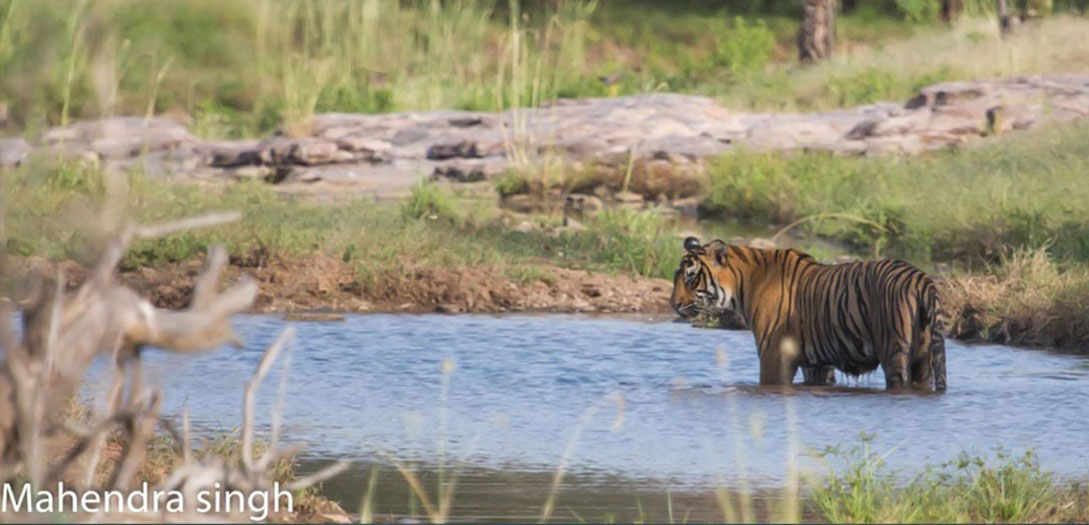
Two days at Corbett just flew away like the birds that gave us amazing memories. And of course, the Tigers that obliged us with some great shots on the second day too. And that herd of Elephants grazing in the denser regions…can’t express in words how thrilled I was.
Not just the fun trips at the National Park, but the hospitality here is worth a mention as well. Everyone who comes for this trip must stay in these jungle cottages where you are treated like Kings and Queens, in terms of facilities as well as food. I must have put on at least two kilograms of weight on day one itself!
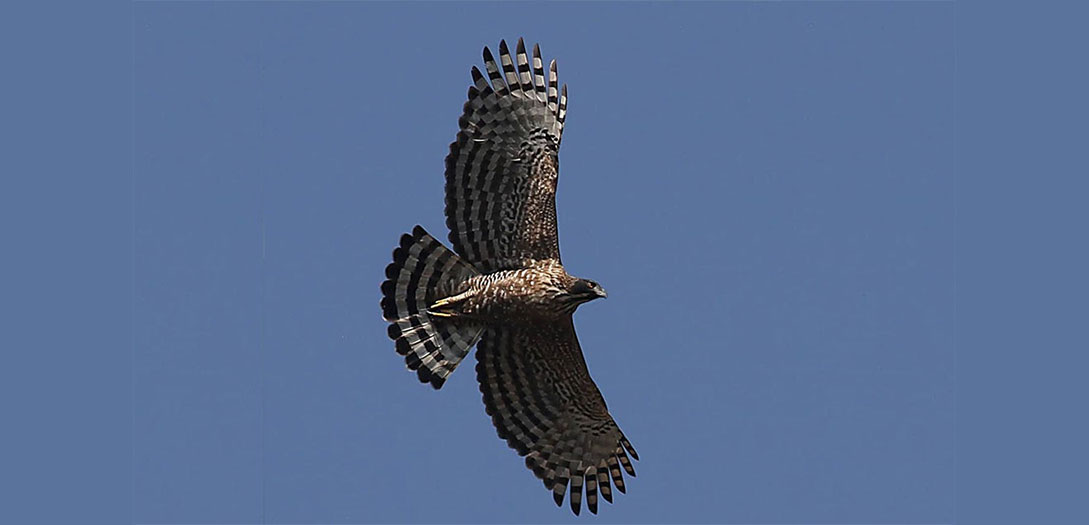
On the final morning in Corbett, we were again taken for a quick bird-watching trip to the nearby forests. And this morning gave us the best birds in just two hours. Kalij-Pheasant, Great-Slaty Woodpecker, Great Thick-Knee, Mountain Hawk Eagle, Grey Headed and Lesser Fish Eagles, Indian Pitta, Stork-billed and Crested Kingfisher, Brown…. and Tawny Fish Owls, Ibisbill and Bright-Headed Cisticola…it was like a riot of colors that morning.
PANGOT
Around 8 am, after breakfast, we left for Pangot – a tiny, quiet hamlet, yet the pioneer of birding in India. And it is just 15 km away from the very-crowded Nainital. And the drive from Corbett to this place is very scenic amid breeze through the Oak trees coming and caressing our hair, giving us a feel as if saying, “Welcome to the lap of Nature…the Nature that is unspoiled, untamed and pure. Come embrace it and get lost in its eternal love!” I could feel the magic in every moment of the drive, which would halt in between to spot birds en-route.

Driving from Nainital to Pangot is about stepping into a remote Himalayan village. The entire drive is through the Oaks and Pines of the China Peak Range via Snow View Point and beside the Kilbury Bird Sanctuary. Pangot – the birdwatchers’ paradise – has 250+ species of birds in and around. And look at the place where I stayed! Just look at this beauty! This is the Jungle Lore Birding Lodge.
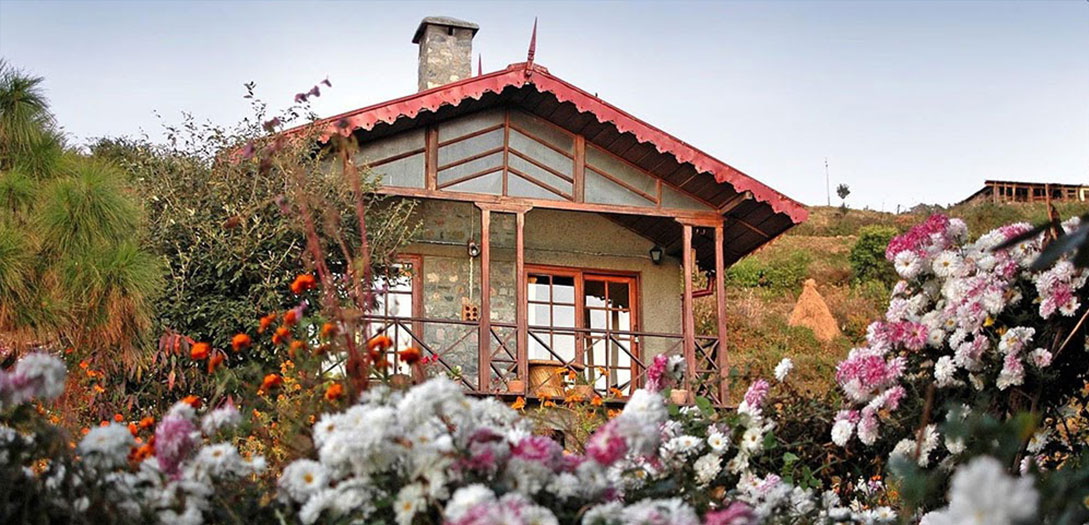
Jungle Lore Birding Lodge is the first bird-watching lodge in India. Nestled amid thick oak forests, these cottages are sheer beauty carved in wood and stone. The Red Bill Blue Magpie, several Laughing Thrush, Streaked Laughing Thrushes, Common Stonechats, Slaty-headed Parakeets, Russet Sparrow, and Yellow-breasted Greenfinches can be easily spotted, playing hide-and-seek amid these serene environs.
We spent two nights here. And post-lunch on day one, we just stepped out from the lodges and moved into the nearby jungles for a short birding tour. The Crested Serpent and Black Eagle, various varieties of woodpeckers like the Brown-fronted, Stripe-breasted, Rufous-bellied, Laughing Thrush, Mountain Hawk, etc. After a short birding trip in the vicinity of the lodge, we all ran to the beautifully done Cafe, which takes us back into time. Decorated with the choicest antiques, all based around birds and animals, this cafe is one of its kind- in fact, a never-seen-before by me. And the Kumaoni Cuisines prepared by the Chef here is to die for! No wonder, all I wanted to do that day was sleep after a hearty meal.
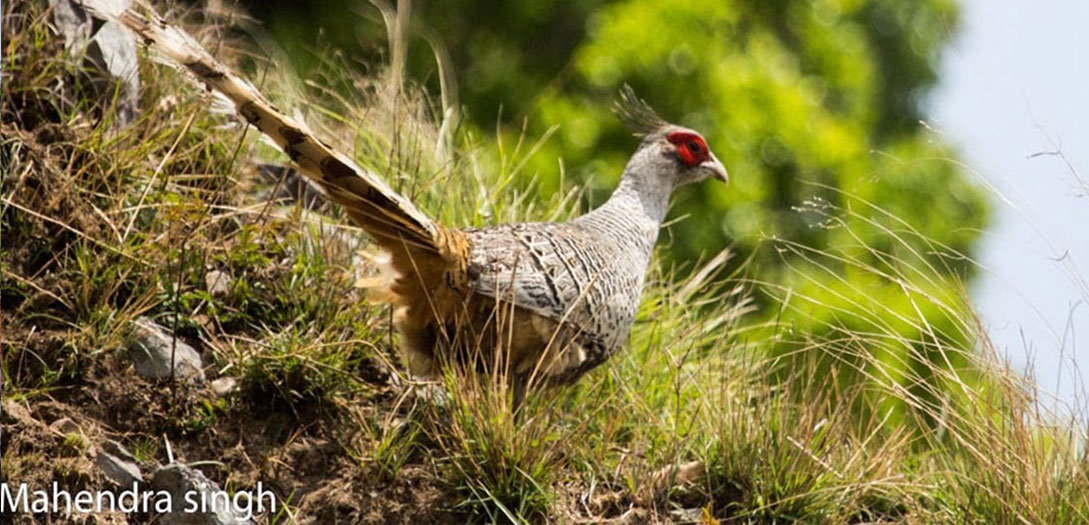
The next day was simply amazing since we explored the best birding destination of Pangot. The chief birding destination in Pangot is the Kilbury Bird Sanctuary, which is off the main road which leads to Nanital. The region has a shallow pool or Pokhara where you can easily find Brown –fronted and grey – hooded woodpeckers, as well as the Luminous Maroon Oriole and jewel-like blue Verditer Flycatcher. Another point famous for easy birding is the Pangot Nala – a small gushing stream. But the highlights of the birding trip at Pangot usually are Pheasants like Cheer, Koklass, and Khalij. Our guide also managed to help us spot the rare Grey-crowned Prinia, but from a good distance from where we could only see it through a powerful binocular, but not capture it in our cameras.
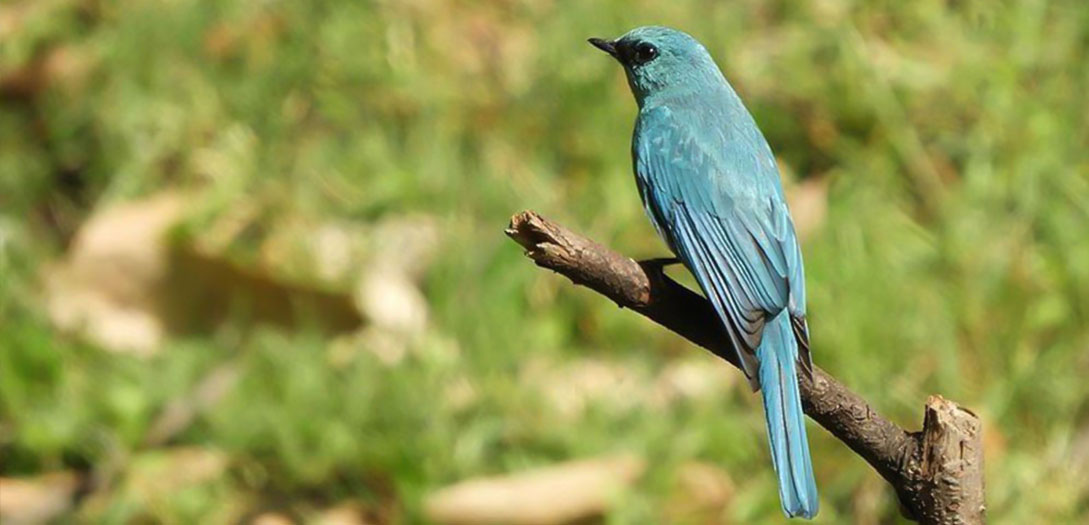
The two days spent here cannot be penned in words, but can only be displayed via photographs. Pangot is one such place that I would like to revisit, and this time with my clan. I was engrossed in these thoughts and more at the bonfire, where we all danced to Kumaoni Songs yet again. It was such a beautiful moment, where we had forgotten who we were, where we belonged to and just enjoyed like little children. Our dull lives as retired oldies had once again become bright and cheerful.
Next morning, we bid adieu to Pangot after a short birding session, this time sitting at the hide-out right blow the cottages of the Jungle Lore Birding Lodge. Post a 7 am breakfast, our car caravan moved ahead to -Sattal – where we were to spend two nights before departure to Delhi. That was another thing, that none of us wanted to go back home!
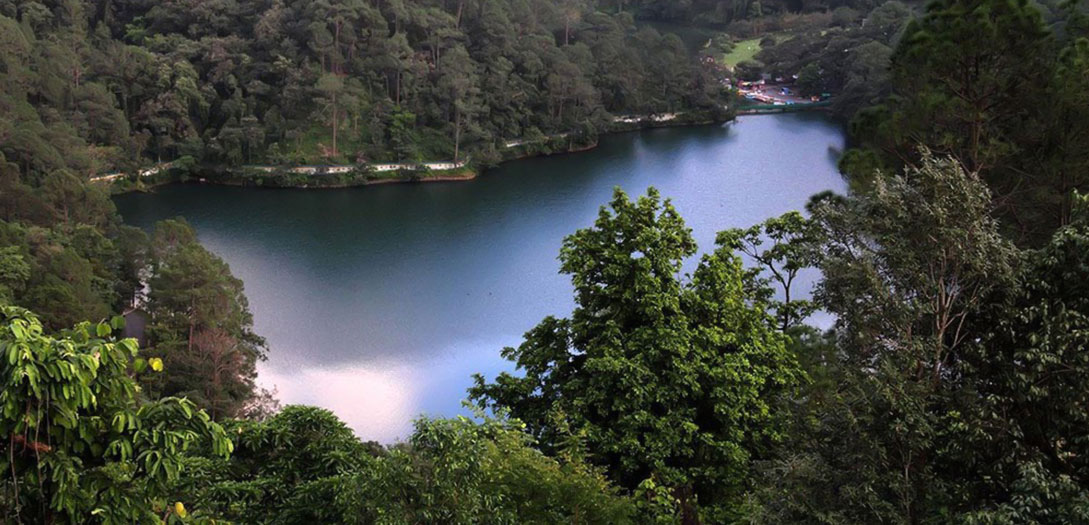
SATTAL
Sattal – is an interconnected group of seven freshwater lakes – and hence the name (Sat mean seven, Tal means Lake). Sattal is at the foothills of the Himalayas, thus having its own birds that are different from Corbett or Pangot. They thrive in and amid the orchards in this Mehragaon valley region. The mesmerizing avian-fauna here includes over 500 species’ unique assortment. So the next two days were spent amid the Great Barbet, Blue-throated Barbet, Streaked /Striated/Rufous-chinned Laughingthrush, Eurasian Jay, Brown Wood Owl, Crested Kingfisher, long-tailed broadbill, Himalayan Woodpecker, Pygmy Woodpecker – just to name a few. While we clicked these around the thickets of the Sattal lake, during the noon hours we would move to Chaafi. This is the region where we can spot the rare Tawny Fish Owl resting in the nest along with the endemic Fire-fronted Serin.
